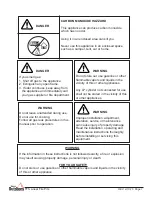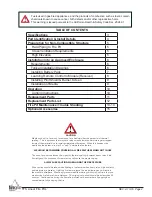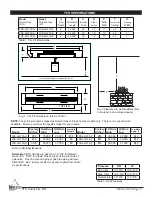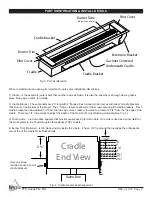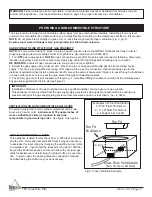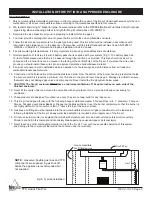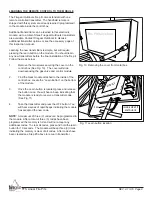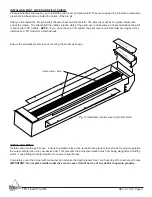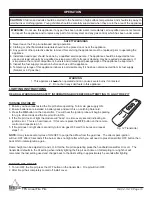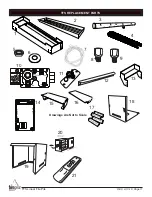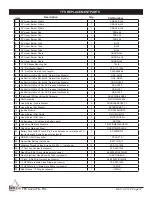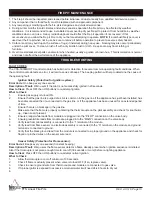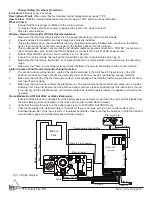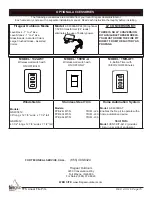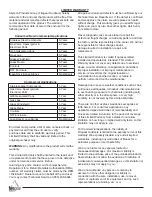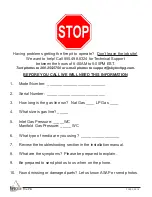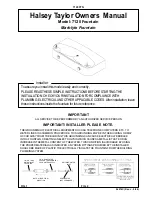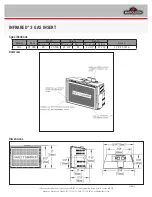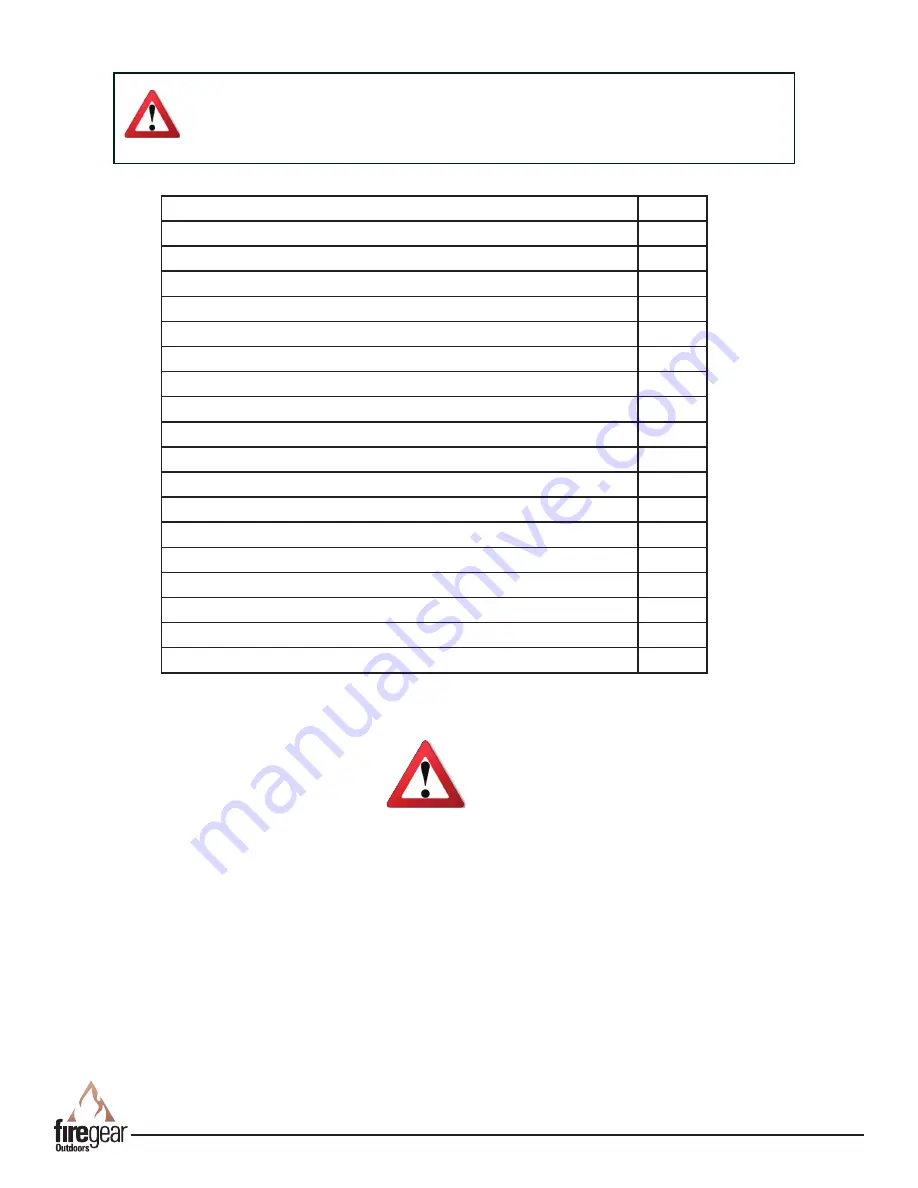
REV. 4-13-16 Page 2
Specifications
3
Part Identification & Install Details
4
Preparation for Non-Combustible Structure
5
Hard Piping to Fire Pit
5
Cross Ventilation Requirements
5
High Elevation
5
Installation into an Approved Enclosure
6
Requirements
6
Typical Installation Drawings
6
Installing Battery Pack
7
Learning Remote Control to Module (Receiver)
8
Installing Pilot Shield & Burner Screen
9
Installation of Media
9
Operation
10
Lighting Instructions
10
Replacement Parts
11
Replacement Parts List
12
Fire Pit Maintenance/ Trouble Shooting
13-14
Optional Accessories
15
TABLE OF CONTENTS
TFS Linear Fire Pits
Fuels used in gas fired appliances, and the products of combustion such as fuels, contain
chemicals known to cause cancer, birth defects and/or other reproductive harm.
This warning is issued pursuant to the California Health & Safety Code Sec. 25249.1
Media such as (i.e. lava rock, lava stones, lava boulders) has the potential of thermal
spalling. This is a process that may occur when media is wet and moisture gets trapped
inside of the material due to rapid temperature differences. When this happens the
media has the potential to crack or “pop” outside the fire feature.
WE HIGHLY RECOMMEND COVERING ALL FIRE FEATURES WHEN NOT IN USE
The use of a cover can lessen the impact of thermal spalling; however, heavy rains, high
humidity and the presence of moisture may still cause the media to pop.
ALWAYS USE CAUTION WHEN USING THE FIRE FEATURE
Extra caution should be taken when lighting a fire feature when heavy rains, high humidity
and moisture are present. Light the fire feature; leave the area allowing any moisture in
the media to dissipate. We strongly recommend that during this drying out time that you
monitor the fire feature from a distance. This drying out period should be no less than 30
minutes. Continue monitoring the flame from distance to ensure that all popping has
ceased before fully enjoying the fire.
CAUTION


